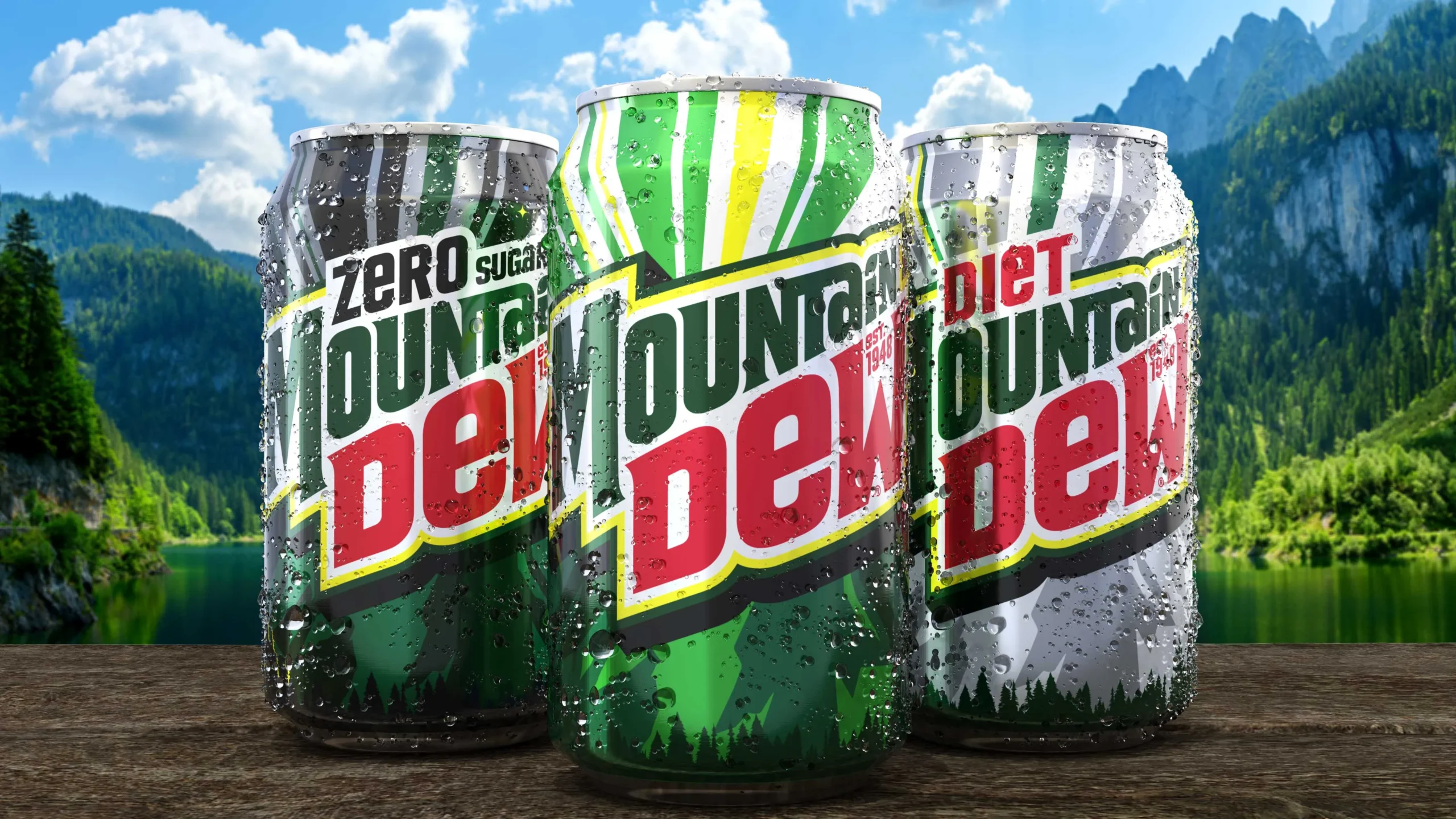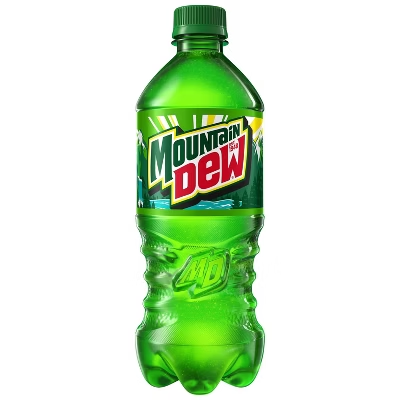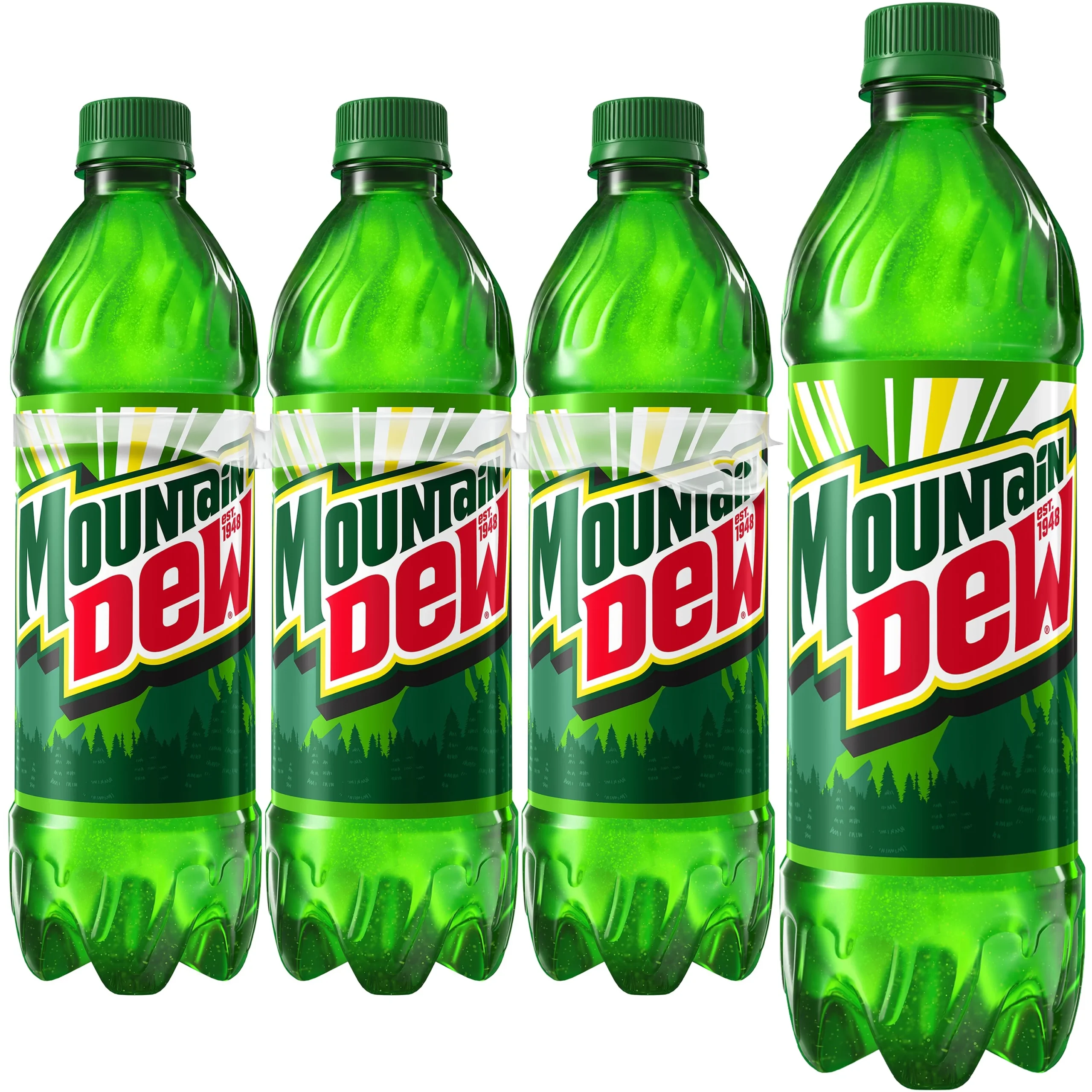Description
“Do the Dew”: The Enduring Legacy of Mountain Dew
Few beverages evoke the same kind of visceral reaction as Mountain Dew. For some, it’s a saccharine siren song, a vibrant green burst of caffeinated energy. For others, it’s a nostalgic trip back to simpler times, filled with memories of late-night gaming sessions, weekend adventures, and the thrill of youthful rebellion. Love it or hate it, Mountain Dew’s impact on American culture is undeniable.
From its humble beginnings in the Appalachian Mountains to its current status as a global phenomenon, Mountain Dew’s journey is a testament to smart marketing, constant innovation, and a connection to a specific, often youthful, demographic.
From Moonshine Chaser to Mountain Staple:
The story begins in the 1940s, in Knoxville, Tennessee. Brothers Barney and Ally Hartman were frustrated with the lack of a good soft drink to mix with their whiskey. They concocted their own citrus-flavored soda and, in a tongue-in-cheek nod to moonshine, named it “Mountain Dew.” Initial marketing was decidedly rustic, featuring hillbilly caricatures on the bottles, playing up the drink’s backwoods origins. It was positioned as a chaser, a mixer, and a drink for those who enjoyed the rugged outdoor life.
PepsiCo and the Rise of a Legend:
In 1964, PepsiCo recognized the potential of this regional favorite and acquired the Mountain Dew brand. This marked a turning point. PepsiCo’s marketing muscle transformed Mountain Dew from a niche product into a national powerhouse. The iconic tagline, “Ya-Hoo! Mountain Dew,” became a familiar cry, and the drink continued to evolve.
“Do the Dew”: A Marketing Masterstroke:
The 1990s saw the launch of the “Do the Dew” campaign, a brilliant stroke that cemented Mountain Dew’s association with extreme sports, video games, and a general sense of adventure. Suddenly, Mountain Dew wasn’t just a soda; it was a lifestyle. Skateboarders, snowboarders, and gamers embraced the brand, making it a symbol of their counter-culture passions. The energy-boosting qualities of the drink perfectly aligned with the adrenaline-fueled activities it promoted.
More Than Just Sugar and Caffeine:
While Mountain Dew’s high sugar and caffeine content have been subjects of debate, its cultural impact extends beyond mere refreshment. It has become a fixture in popular culture, referenced in countless movies, TV shows, and video games. The brand’s constant stream of limited-edition flavors, often tied to specific pop culture events, fuels online discussions and creates a sense of exclusivity that keeps fans engaged. From Baja Blast (a Taco Bell exclusive) to seasonal offerings like VooDew, Mountain Dew keeps its product line fresh and exciting.
An Enduring Appeal:
Today, Mountain Dew continues to thrive. It has adapted to changing tastes and preferences, offering diet versions and exploring new flavor profiles. While the health concerns surrounding sugary drinks remain valid, the brand’s enduring appeal lies in its ability to tap into a sense of nostalgia, adventure, and youthful energy. “Do the Dew” isn’t just a slogan; it’s an invitation to embrace life’s thrills, big and small, with a can of vibrant green refreshment in hand. Whether you’re a lifelong fan or a curious observer, Mountain Dew’s story is a fascinating glimpse into the power of branding, the evolution of American tastes, and the enduring allure of a sweet, caffeinated kick.








